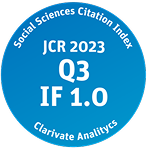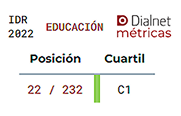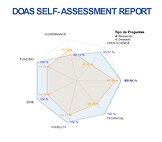Linguistic competences at schools: comparison of students with attention deficit hyperactivity disorder, specific language impairment and typical development.
Abstract
Research shows a high comorbidity between attention deficit hyperactivity disorder (ADHD) and language problems, similar to those seen in subjects with specific language impairment (SLI) (Helland et al., 2014; Korrel et al., 2017).
Our goal was to assess the differences in semantic and pragmatic linguistic competences between students with ADHD versus SLI and children with typical development. A total of 142 students, ages 7-12 (M=9.27; SD=1.41), from public, subsidised and private schools participated in the study: 48 (33.80%) with ADHD, 47 (33.09%) with SLI, and 47 (33.09%) with normal development. Linguistic competences were evaluated using the Objective and Criterion-referenced Language Suite (Batería de Lenguaje Objetiva y Criterial, or BLOC, Puyuelo et al., 1997).
We found significant differences in semantic (F (2.148)=86.99, p<.001) and pragmatic language skills (F (2.428)=83.00, p<.001) between the three study groups: ADHD, SLI and typical development.
Students with ADHD present fewer deficits in aspects of semantic language than those with SLI. However, they face greater obstacles in certain uses of pragmatic language compared with the children with SLI and typically developed students. They face significant difficulties in the use of pragmatic language in different communication situations and social interaction, and in different functions and uses.
Downloads
Published
-
Abstract0
How to Cite
Issue
Section
License

This work is licensed under a Creative Commons Attribution-NonCommercial 4.0 International License.









